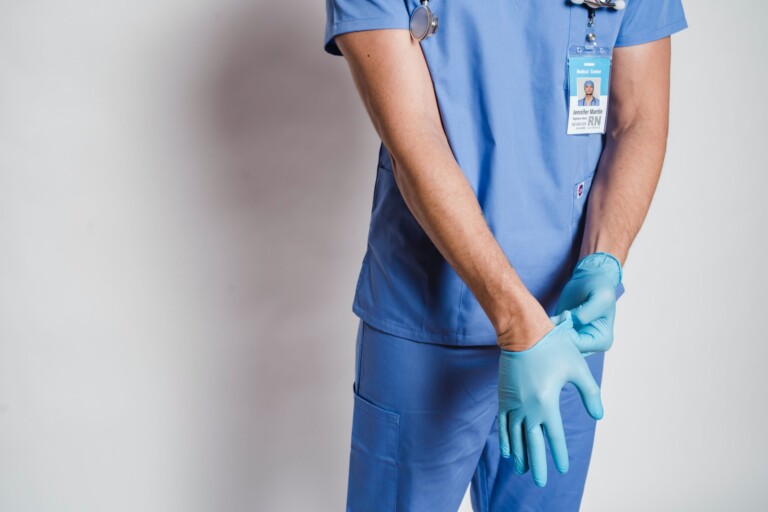Evaluating Safety Systems for Healthcare Providers
Have you evaluated your safety systems as a healthcare provider lately? Are you up to date on the latest technological security advancements?
If you answered “no” to either of these questions, then your hospital may not be as safe as you think it is.
Hospital Safety
Hospital safety is crucial to ensuring hospital staff and patients are protected at all times. A hospital cannot operate successfully if proper safety measures are not put into place. Safety systems for healthcare providers can ensure that healthcare workers are kept safe and able to do their jobs. These systems keep patients protected as well, making efforts to ensure no unnecessary harm comes to them. When evaluating how safe your hospital is, it’s necessary to identify possible safety threats. Identifying these threats can help you recognize what needs to be done to keep your hospital as safe as possible.
Hospital Safety Threats
Safety threats to hospitals can include trespassers in secured areas, patient elopement, patients or guests who are a danger to themselves or others, and parking lot thefts. To determine whether your hospital is safe, you need to identify the safety threats your hospital might face. Once the threats are identified, you can evaluate the current safety systems you put in place as a healthcare provider to see if all aspects of your hospital are secure.
Questions to Answer When Evaluating Hospital Safety
- Is video surveillance found in all public areas, including areas where staff are not present?
Areas without staff present, such as parking garages, lots, and empty hallways, are high-risk areas for potential safety threats. Setting up video surveillance in these areas can help monitor the safety of patients and staff passing through these zones. Video surveillance can also be used within populated areas of the hospital to oversee patients and visitors. Effective security systems for healthcare providers should include wide coverage of video surveillance, preferable with high definition footage. - Is video surveillance monitored 24/7?
Installing video surveillance is pointless if the footage isn’t monitored. Even during non-peak hours, monitoring video surveillance is essential to ensure your hospital staff and patients are safe. Surveillance monitoring can be used to track patients to prevent patient elopement. Video surveillance can also be used to detect threats such as unauthorized visitors and aggressive or violent behavior. - Is there a security guard at the facilities?
Whether physical or virtual, having a security guard can help ensure a quick response time to hospital safety threats. Nowadays, technology allows virtual security guards to provide 24/7 monitoring. Using a virtual security guard can help cut staffing costs while also speeding up response times. - Does the hospital use access control devices?
Access control devices are crucial to protecting units of hospitals that don’t allow unauthorized entry. These devices can range from straightforward badge-based systems to more advanced biometric technologies. Having these devices in place helps verify the authority and legitimacy of people entering secured areas without the intervention of hospital personnel. With the high amount of areas that require authorized entry in hospitals, access control devices are essential to security systems for healthcare providers. - Are visitors and patients tracked effectively?
Tracking both visitors and patients is essential to ensuring the hospital is safe. A successful security system for healthcare provides monitors all patients and visitors effectively. Visitor check-in systems ensure that all visitors are verified before entering patient units. Video surveillance can be used to monitor patient areas and track patients. Patient monitoring can be vital to preventing the elopement of at-risk or mentally unstable patients. When you evaluate how safe your hospital is, it’s necessary to track visitors and patients effectively. - Do you have a plan in place when responding to safety threats?
Formulating a plan in response to safety threats can help you be prepared when the unexpected takes place. Verify that hospital staff is familiar with all security measures. Double-check that all security technology devices are in working order. Knowing what to do in the event of a security breach is critical to keeping your hospital safe.
If you answered “no” to one or more of these questions, then your hospital may not be guaranteed 100% safe. It’s essential to evaluate your current hospital safety system every couple of years to ensure you are operating with the highest possible protection for your staff and patients. If your hospital safety is not up to date, it’s time to make changes to ensure your facilities are as safe and secure as possible.






